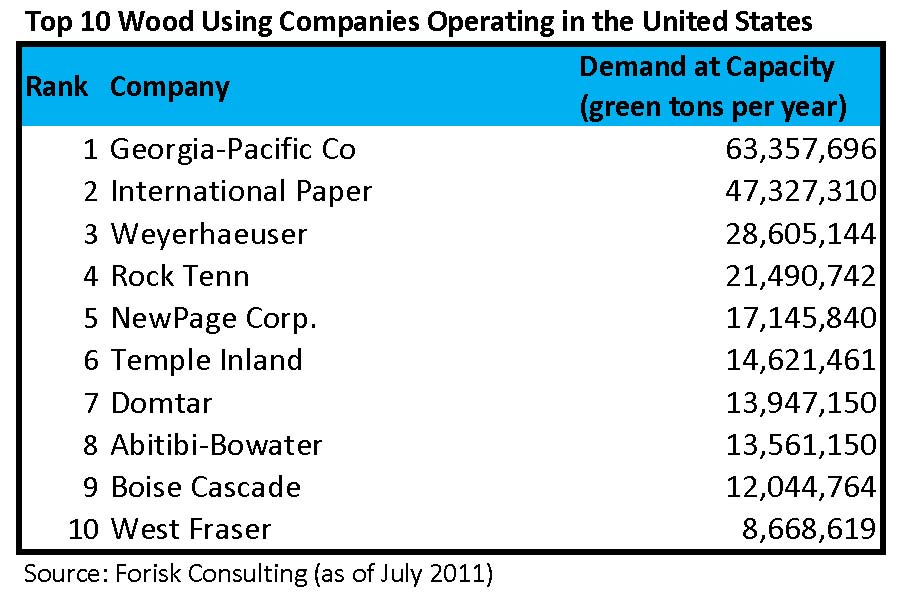The “80/20 rule” – also called the “Pareto principle” for Italian economist Vilfredo Pareto – posits that approximately 80% of your results or effects derive from 20% of the causes. Look around and examples materialize. 80% of your revenue comes from 20% of your clients. 20% of your job will take up 80% of your time. 80% of the time your newborn cries at night occurs due to 20% of the potential reasons. Pareto made the original observation in 1906 when he noticed that 20% of Italy’s population owned 80% of the land.
This management rule of thumb provides a means for quickly assessing profitability, risk, control and capacity in a business or an industry (which helps prioritize work). In the forest products and timber industries, we see examples of this rule in our research associated with timberland ownership, end product market share, and factors driving prices, especially at the local level. However, nationally, industries may reflect more or less concentration. Let’s consider the use of wood in the United States.
In 2005, Forisk Consulting began collecting mill-specific wood demand and capacity data in the United States. Today, our team manages an ongoing research program that collects and confirms data on 3,196 announced and operating wood-using forest industry and wood bioenergy mills throughout the US. [One product that we provide to clients from this research is a mill database that supports shapefiles for analyzing wood baskets and timberland investments, and making maps for spatial analysis.]
In a given year in the US, approximately 2,300 forest industry firms consume ~500 million green tons of wood. Which firms use the most? The accompanying table includes the top 10 US companies based on potential wood use. The list includes wood use at full capacity for mills labeled as open in our database as of July 2011. Full capacity for the industry currently sits just short of 600 million green tons.
The top 10 comprise ~241 million tons per year of capacity (actual wood use represents 70-90% of this, depending on products produced and time period). The top 10, which represent less than 1% of the firms, account for ~40% of the wood using capacity. The top 10% of the firms (~230 firms), account for ~85% of the wood using capacity in the US forest products industry.


Leave a Reply